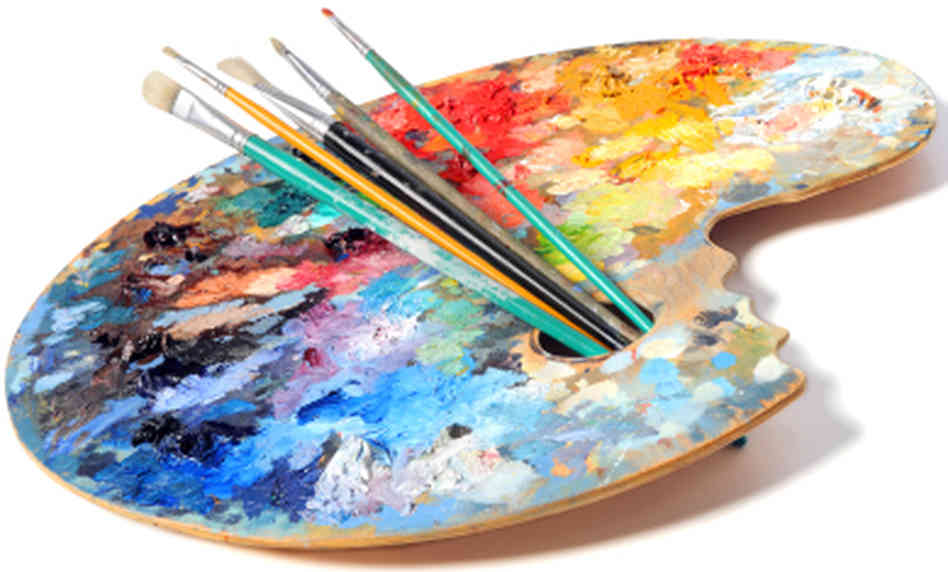The Development of Trump Art: From Early Critiques to Contemporary Perspectives
The Development of Trump Art: From Early Critiques to Contemporary Perspectives
Blog Article
Starting an Aesthetic Journey Via the Lyrical Interpretations of Nature in Stylist Landscapes
Each brushstroke, each play of light and darkness, and each shade choice in their jobs talks volumes about the artists' deep connection to nature and their ability to convert its beauty onto the canvas. As we check out the lyrical interpretations of nature in Impressionist landscapes, we are welcomed to immerse ourselves in a world where fact and feeling intertwine, offering a glance into the artists' extensive recognition for the natural world.
The Captivating Brushstrokes of Claude Monet
Claude Monet's proficiency of brushstrokes goes beyond simple technique, imbuing his landscapes with an angelic quality that fascinates and astounds customers - trump art. His cutting-edge usage of color and light, incorporated with his distinct brushwork, develops a feeling of activity and life within his paintings. Monet's popular collection of works portraying water lilies and his legendary haystacks display his ability to record the short lived effects of light and ambience

Checking Out Light and Darkness With Camille Pissarro
Symbolizing a similar respect for the interplay of light and darkness, Camille Pissarro's artistic vision unravels as a harmonious expedition of the environment's luminescent nuances. Pissarro, a key figure in the Impressionist movement, masterfully caught the vibrant partnership between light and shadow in his landscapes. His experienced use color and brushwork permitted him to communicate the refined changes in light that define different times of day and periods.
Pissarro's paints commonly feature spotted sunlight infiltrating leaves, casting detailed patterns of light and darkness on the planet listed below. In jobs such as "Hoar Frost, the Impact of Snow, Pontoise," Pissarro skillfully portrays the crisp brightness of winter months sunlight juxtaposed with the amazing shadows that define the snowy landscape. By welcoming both light and darkness in his make-ups, Pissarro welcomes viewers to immerse themselves in the natural appeal and transient results of light in the globe around them.

Through Pissarro's jobs, we are advised of the transformative power of light and darkness, welcoming us to stop briefly and value the fleeting moments of elegance existing in the everyday landscapes that surround us.
A Symphony of Color Styles by Edgar Degas
Edgar Degas orchestrates a lively harmony of colors in his skillful art work, instilling his structures with a dynamic interaction of shades that captivate the viewer's stare. Understood primarily for his ballet dancers and intimate scenes of Parisian life, Degas expertly adjusted colors to convey mood and movement in his paints. trump art. His use of bold, different shades and refined tonal variations produced a feeling of deepness and vibrancy within his works
Degas' color palette commonly included rich blues, deep greens, and warm oranges, which he used with positive brushstrokes to record the significance of his topics. Whether depicting a ballerina mid-performance or a team of close friends conversing at a cafe, Degas' colors not only depicted the scene but also evoked a sense of emotion and energy.
Moreover, Degas' testing with light and darkness included an additional layer of complexity to his shade structures, boosting the overall ambience of his paints (trump art). Via his experienced adjustment of color, Degas developed an aesthetic harmony that remains to reverberate with visitors today
Checking out Nature's Serenity With Berthe Morisot
Berthe Morisot's imaginative vision provides a serene departure from the dynamic color symphonies of Edgar Degas, as she catches the harmony of nature in her expressive landscapes. Known for her fragile brushwork and intimate portrayals of everyday life, Morisot's landscapes emanate a sense of tranquility and consistency.
Morisot's paints frequently include soft, muted tones that communicate a feeling of peace and calmness. Her jobs, such as "The Cradle" and "Summer's Day," showcase blog here her ability to capture the subtle appeal of nature in a means that is both calming and contemplative to the viewer.
Unlike some of her Impressionist equivalents who concentrated on strong colors and dynamic compositions, Morisot favored to create mild, introspective scenes that invite the customer to mirror and stop briefly. Via her skillful use of light and shadow, Morisot develops a feeling of serenity that resonates with the visitor on a deep psychological level.
The Psychological Landscapes of Vincent Van Gogh
Vincent Van Gogh's landscapes strongly convey a deepness of feeling through their dynamic brushwork and meaningful use color. The Dutch post-impressionist musician is renowned for his ability to record intense and raw emotions in his paintings, transcending typical representations of nature. Van Gogh's tumultuous individual life, marked by psychological health struggles, substantially influenced his art, instilling his landscapes with a feeling of anxiousness, melancholy, or liveliness.
In works such as "Starry Evening" and "Wheatfield with Crows," Van Gogh's swirling brushstrokes and dynamic shade options evoke a profound emotional response from customers. The stormy skies and flustered landscapes in his paintings mirror his inner chaos and emotional disturbance, inviting visitors to look into the intricacies of his psyche.
Van Gogh's one-of-a-kind aesthetic language, characterized by overstated viewpoints and bold use color, produces landscapes that resonate with viewers on a deeply emotional level. Via his art, Van Gogh invites us to see nature not simply as an outside fact however as a mirror of our innermost feelings and feelings.
Verdict
Finally, the impressionist landscapes of Click This Link artists such as Claude Monet, Camille Pissarro, Edgar Degas, Berthe Morisot, and Vincent Van Gogh use a captivating and one-of-a-kind visual analysis of nature. Through their use brushstrokes, light, shade, and feeling, these artists have actually produced a harmony of pictures that evoke a sense of peacefulness and charm in the all-natural globe. Their works proceed to inspire and bewitch visitors with their lyrical analyses of the landscapes around us.
Each brushstroke, each play of light and shadow, and each shade option in their works talks quantities about the artists' deep connection to nature and their ability to convert its charm onto the canvas. His cutting-edge use of shade and light, combined with his distinct brushwork, creates a sense of motion and life within his paintings. His adept use of color and brushwork permitted him to communicate the refined shifts in light that specify various times of day and seasons.

Report this page